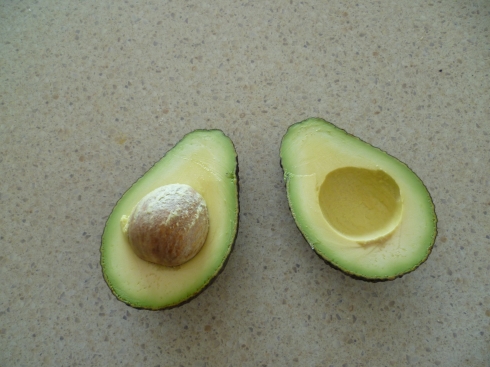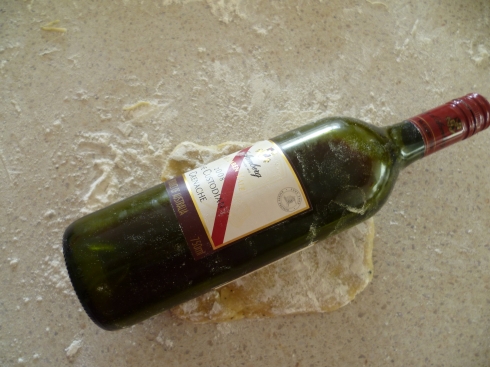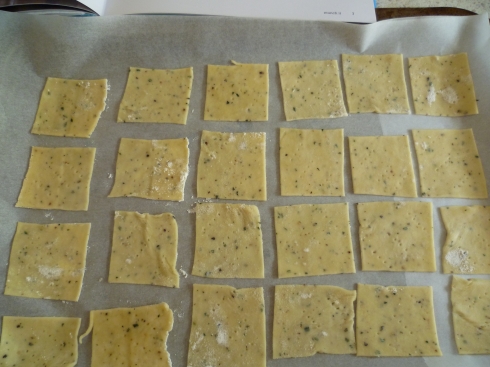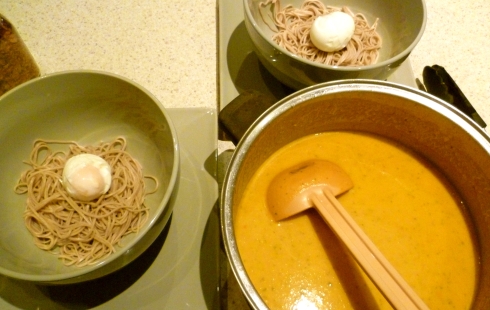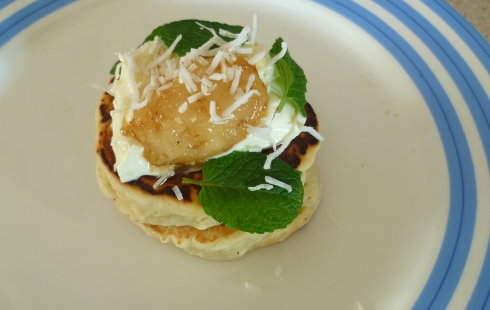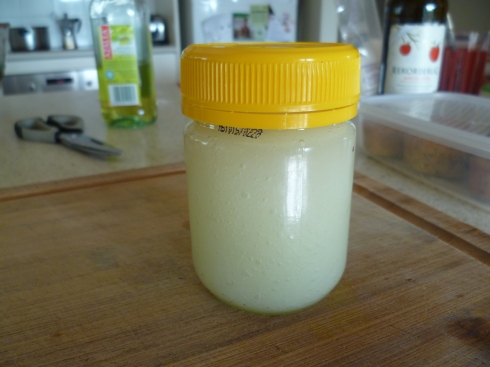
Last year I entered the Ekka baking competition. I didn’t expect to win, but it seemed like a fun thing to do. After months of testing recipes on friends, family, housemates and workmates, I figured my banana bread, pumpkin scones and jam tarts were as good as they were going to get. When the big day arrived, I dropped off my entries and anxiously waited for the results. I still didn’t expect to win, but I secretly hoped I’d be surprised. I wasn’t. But that was ok, I figured, I can’t have done that badly. Perhaps I came fourth? Then I got the feedback in the mail weeks later. It was harsh. Like, unnecessarily harsh. And vague. The feedback for my banana bread said ‘More attention to baking required. Maybe try a different recipe’. Ouch. I’m pretty sure it wasn’t that terrible. Everyone who’d tried it seemed to think it was ok. I was disheartened, and decided that competitive baking was clearly not for me.
But then I received the entry forms for this year’s Ekka. For some reason this made me feel all warm and fuzzy, like I was part of a community. And what if these types of competitions died out? That would be sad, right? So I decided I’d enter again, but in the novice category. And I’d only enter one thing – cooking three things the night before entries were due had been a mistake. So I decided on the chocolate bar cake, sent off my entry form, paid the fee and promptly forgot all about it. Unlike last year, when I tested and refined my recipes for months, this year I did nothing by way of preparation. On the weekend before the entries were due I thought I probably should a) find a recipe and b) do a test run. So I did, and it came out looking like a giant turd.
Behold:
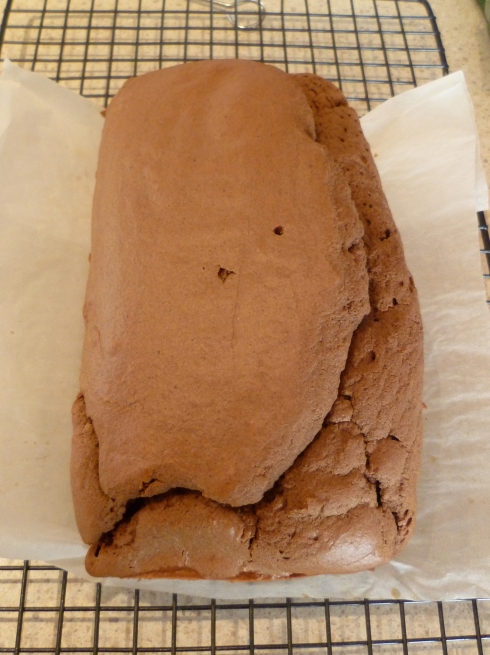
Iced, it just looked like a shiny (polished) turd:

This was no good.
I couldn’t decide if I should bother entering. At around 10pm on the night before entries were due, I decided I would give it crack. But when I tried to get the cake out of the tin and it left a huge chunk behind, I gave up. Imagine the nasty feedback I’d get about a cake with a hole in it? But the recipe itself was pretty good, so I played with it a bit more and decided it was better in cupcake form with sprinkles. I also decided that competitive baking is stupid and it was probably a good thing if it died out. It’s such an oddly prescriptive form of baking, with all the fun removed. I can never figure out exactly what they want – can I cook any kind of chocolate cake I want or does it have to be a ‘traditional’ one, and what does that even mean? I swear, some of the categories say you need to enter a cake with a ‘good flavour’. WTF does that actually mean? And I don’t really know what a ‘nice crumb’ is, or understand why having a domed or cracked cake or testing it with a skewer is so bad… In short, because I’d failed I felt like I could write off the entire concept of competitive baking. I figure I can make a perfectly acceptable ‘rustic’ looking cake if I need to and I don’t care if it doesn’t meet the high standards of some uppity CWA bitches Ekka judges.
But, I digress. The outcome of this whole adventure was a recipe for nice, light, simple cupcakes. They taste like old school chocolate cakes. There’s nothing new fangled and fancy in them, like, I don’t know, almond meal and real chocolate, which seem to be all the rage in chocolate cakes these days.
Chocolate freckle cupcakes
This recipe is an amalgamation of numerous recipes from the internets.
Makes 18
125 g unsalted butter
1 1/2 cups plain flour
1/4 cup and 1 tbs cocoa powder
3 tsp baking powder
1/2 tsp bicarb of soda
1 1/4 cups sugar
2 eggs
1 cup buttermilk
1/2 tsp vanilla essence
splash of rum (optional)
cupcake cases
Chocolate icing
Adapted from David Herbert’s The Really Useful Cookbook
50 g unsalted butter
1 cup icing sugar
1/4 cup cocoa
1 tbs boiling water
sprinkles
Preheat the oven to 180°C. Line a muffin tray with cupcake cases.
Put all the cake ingredients in a bowl and beat with an electric mixer until well combined. Pour the batter into the cupcake cases. Bake for about 20-30 minutes, or until a skewer (that’s right, a skewer) stuck into the cake comes out clean.
Remove from the oven and cool completely before icing.
For the icing, put all the ingredients in a food processor and blend until combined. If it’s still a bit thick or not combining properly, add another tablespoon of boiling water.
Ice the cupcakes. Put some sprinkles in a bowl. Press the iced cupcakes in the bowl (one at a time) until the top is completely covered with sprinkles.
Done.
If, like me, you were lucky enough to be given an amazing cupcake holder for your birthday by an awesome friend, you can pop one (or two) of these suckers in it and take it to work with you.


